“Photographs are there to be taken. And that’s about you, your eye and your creativity coming together,” says South African-born photographer Nick Compton. He’s created a photo series on homes that have popped up on his homeland’s coastlines. Delving into what makes them unique, he tells us how he connected with various people while photographing their individual houses.
We hate banner ads too. Download our app for iOS, iPad, and Android and get no banner ads for $24.99/year.
You might think that moving from a sporting career to an artistic one could be quite a shift, but for former English national cricketer Nick Compton, the progression was smooth. Coming from a family of artists, he was exposed to art’s various nuances from a very young age. Traveling across Africa with his father Richard, also an established cricketer, enlightened him to many of its subcultures and diverse people. This continued as he traveled while playing as a county and national cricketer. His latest series, Home, explores the various homes that have popped up along the rural coasts of South Africa and how he connected to the homeowners in them.
The Essential Camera Gear Used by Nick Compton
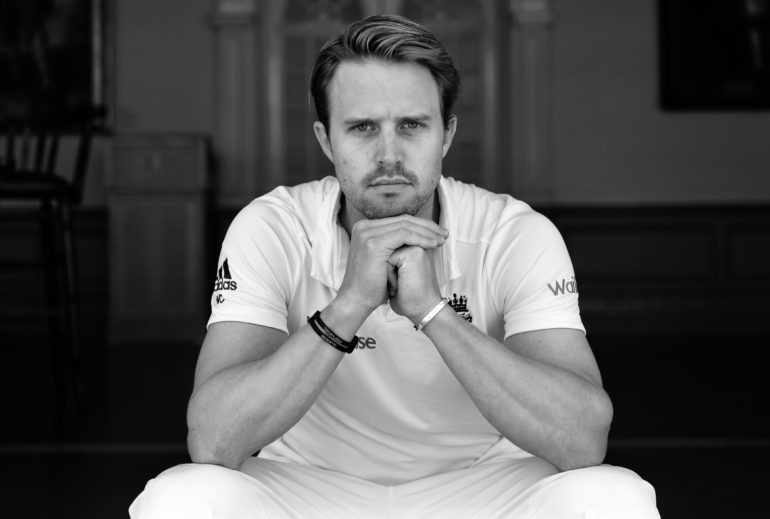
Photo by Philip Brown
Nick told us:
- Leica M Typ240
- Nikon D850
- Leica Summilux lenses
- Leica Summicron lenses
The Phoblographer: Hello Nick, please tell us about yourself and how you got into photography.
Nick Compton: So photography – I just got into it. Got into it through my dad, who was a photographer but did a lot of work in nature conservation, particularly in TV. He presented a wildlife program on a Sunday evening in South Africa. So as a kid, I went to some sort of far reach places in South Africa and Africa. I was very fortunate to have grown up in a diverse country like South Africa, which took you to some special places, you know, some game reserves seeing a lot of wildlife animals. But the main thing was his ability to connect with indigenous people, people that, that many wouldn’t associate with or wouldn’t have the inclination to understand or have the ability to invite warmth and connection.
So he gave me a camera at a young age. I think he was especially good at drawing out people’s expressions and feelings, making them feel very natural and relaxed in front of the camera. Many people could take pictures, but to make someone feel relaxed and at ease and to really try and evoke some sort of emotion out of that particular person, I think is a real skill and talent and something he said and he had. And I think that’s something that I’ve always, you know, had as a part of me. Growing up in a culturally diverse country like South Africa, I think you get to know people from different walks of life, particularly the African culture, which is very close to my heart. I think that’s what makes it easier for me to traverse to foreign countries and to go into places that are less traveled.
I certainly get a real buzz out of going to these places. I think photography for me really sort of took off, particularly traveling abroad, coming over to England at a young age, and then traveling overseas as an international cricketer, both for England and domestically. I’ve had some wonderful opportunities to go to some amazing countries instead of sitting in a hotel room, playing PlayStation. I’ll take my camera, and I’ll hit the streets and almost document some of these amazing countries and opportunities. I had India, Sri Lanka, and New Zealand – another beautiful country. I wanted to look back on some of these memories with pride. Also, it’s, I think the creative juices – a way of mindfully getting away from the pressures of elite sports, which helped me a lot.
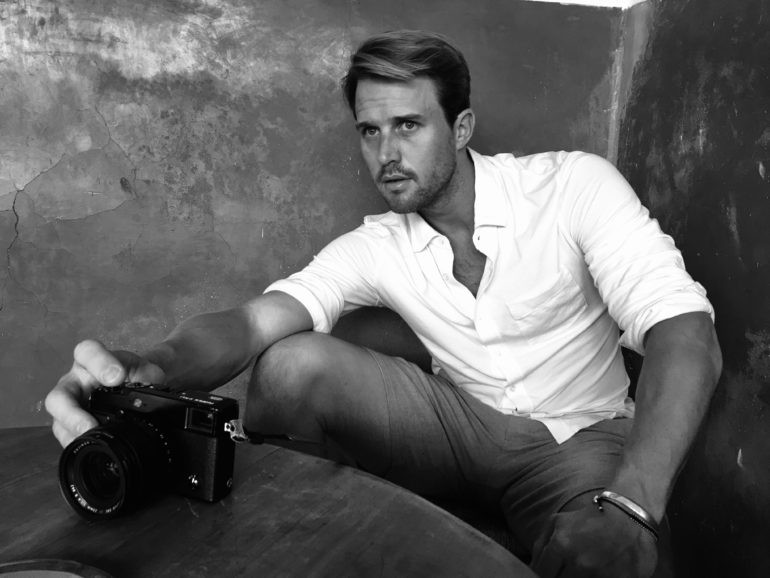
The Phoblographer: What camera gear do you use for your professional work?
Nick Compton: In terms of cameras, I use a Nikon. I had a few things growing up. I think it was more Canon etc. but didn’t have a huge sort of knowledge of equipment. But in the last four or five years, I’ve really got into understanding a little bit more about the equipment. I was lucky to use a Leica monochrome, an M240 with Summilux lenses, which are fantastic, and the Summicron lenses. I’ve used a Nikon D850, particularly going into the wild and doing things that require a faster shutter speed or more sport orientated or wildlife. So I have those two cameras, and the Leica particularly is enjoyable just because it’s such a beautiful piece of work. Taking that on the streets or more for photojournalism, documenting, and fine arts. I definitely enjoy the Leica. It’s obviously a bit smaller, but the Nikon’s a great camera as well, and you know, it is as good as anything out there. I guess the big question now is whether to go mirrorless, so that’s something I’m looking at.
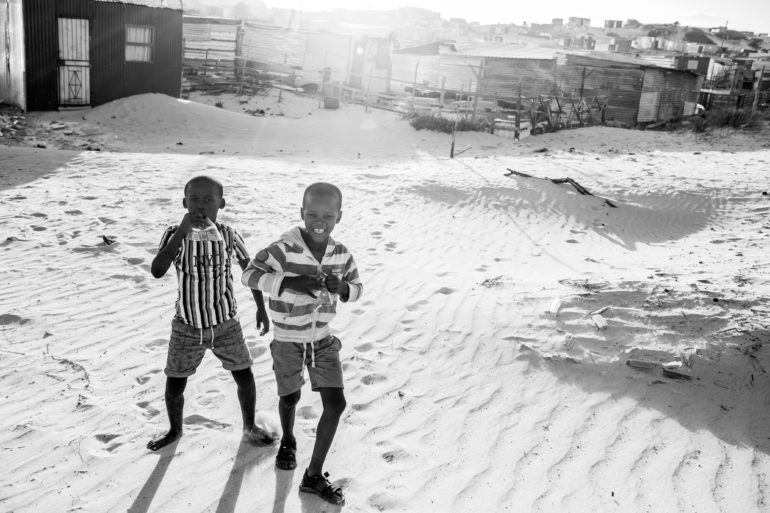
The Phoblographer: Was going from wielding a cricket bat for England to becoming a professional photographer a seamless move? What were the contributing factors for this career direction?
Nick Compton: Making the switch from cricket to photography, I didn’t see it as a switch as such. I think it was just a passion that I carried through my travels, and I’ve always found a huge interest in art, in using my eye and allowing my eye to dictate what I see. My mother’s an artist; her whole family are artists. We have a very creative and artistic family. So I think photography is very much an extension of that and what’s in me. Art was my favorite subject at school. Going on cricket tours, I always took my camera with me. I just have a real interest in capturing moments and seeing colors and textures.
It’s my way of switching off; it’s my way of immersing myself in something other than perhaps thinking or overthinking, particularly during playing sport or in life after sport.
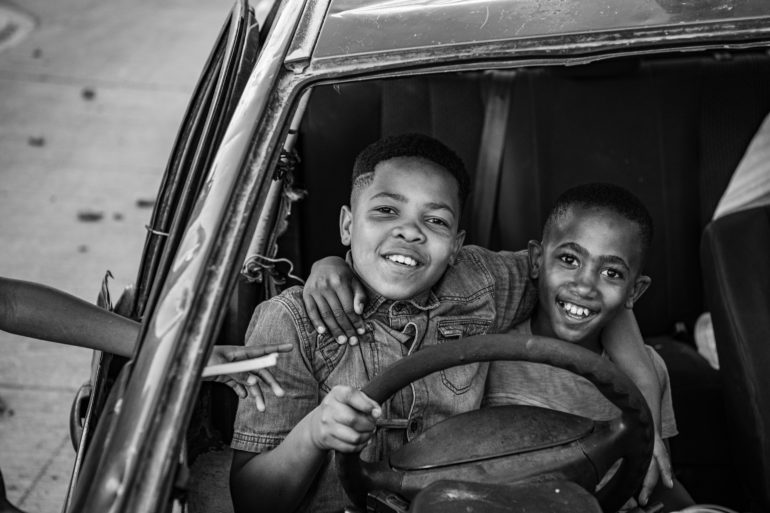
The Phoblographer: Africa isn’t just any destination to you; it’s a place you call home. Tell us about the connection you have to it.
Nick Compton: Of course, I grew up in Africa; played a lot of cricket for a lot of development teams, and as you know, South Africa has a diverse sort of culture and an interchanging mix of people. I think playing, growing up, and playing cricket with Africans and Indians gave me a feel for the culture, for different races. And then I think Africa, in particular, has that. You know, whether it be Kenya or Namibia – I’ve been to some wonderful places – Botswana, it’s just a raw and wild place to be. It makes you feel free; it evokes real freedom. There are no rules in Africa. There are no rules in photography. Photographs are there to be taken. And that’s about you, your eye, and your creativity coming together.
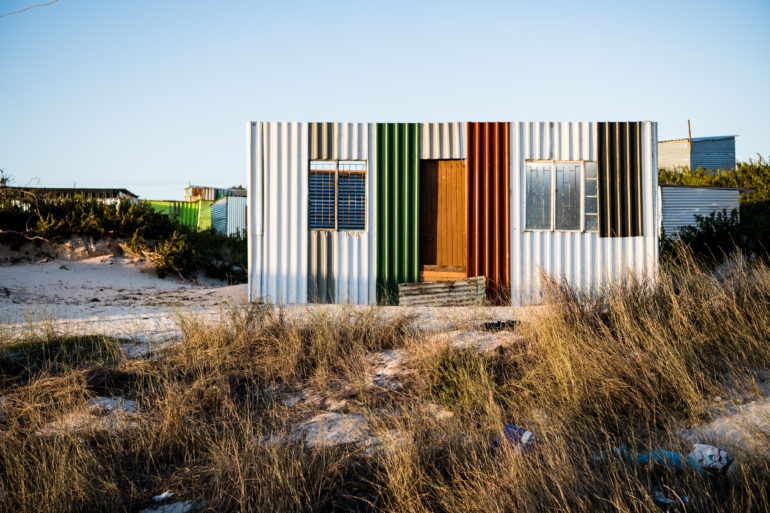
The Phoblographer: A lot of diversity exists in South Africa, but you found a common theme to photograph Home. When did you decide to document the sprawling houses coming up all over the country?
Nick Compton: I think the ‘Home’ series was very much born out of Covid. I spent a lot of time in South Africa during COVID to get away from the cold winter in the UK. And also I suppose have time where I spend with my family. It was a really good time to spend some time in CapeTown be around. I had to really try and use the time that I was there to get out and about. Khayelitsha is where I went with a friend to do some of the photography of these sprawling homes that had very much been brought out of Covid. People couldn’t afford the housing costs, electricity, water, etc. in their town. So they moved out and created these homes on the beach sand. Driving out past the airport, you could see as the sun was going down, this vibrancy of colors, creativity – and the contrast between the beach sand, the corrugated iron, and these homes. I just thought it was something; every home was so uniquely different.
It’d been built with love and care or in a different way. I was really drawn toward the artistic nature of it, but also interested in the story of these people and trying to connect the two. I just found it incredibly interesting; rewarding in some ways to connect with these people, but also just made me realize how incredibly fortunate I am and have been to have an easier way of life.
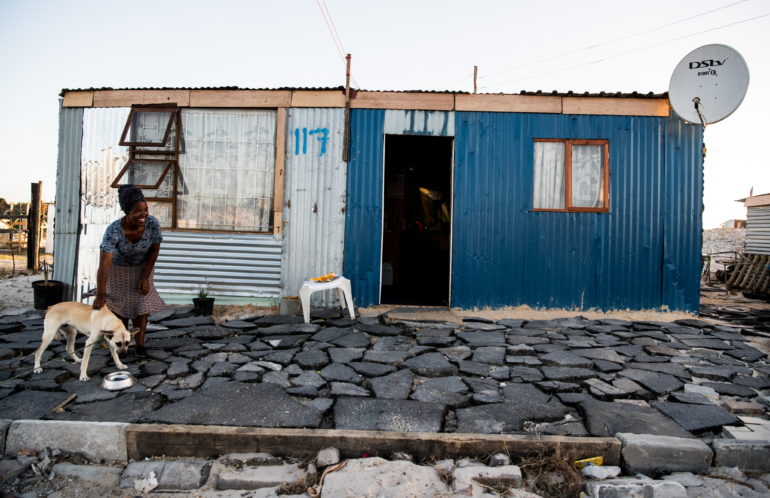
The Phoblographer: Aside from the common thread of low-income families, what were other similarities you found in these homes?
Nick Compton: Smiles, happiness. People that made the most of their situation
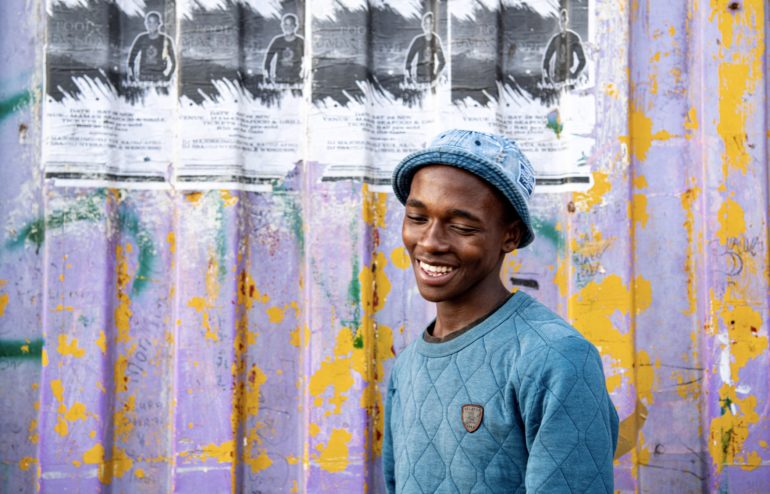
The Phoblographer: How many days was this project spread across? What was the reaction of the homeowners when you tried to photograph their homes?
Nick Compton: I did this time series probably across about four or five days at different times, mostly in the evenings, sun going down. A lot of my friends were quite alarmed when I told them where I was. I mean, many, many people sort of highly advised me not to go into these places, but I actually found it very accommodating. I felt a lot of people. Were very friendly. Yeah, there was some skepticism. Some people didn’t understand what the camera was for; why I was there. I mean, there are certainly not many white people in there taking photographs, let alone taking photographs, walking around. But once you get in there, once you relax, you make people realize that you’re not here for any other reason than to just soak up the atmosphere, and you know that I’m just a sort of a passionate photographer who likes to connect with the country that means a huge amount to me. I think it evoked a certain emotion because I think African people’s faces definitely show a lot more than perhaps Western faces.
They’ve lived an interesting life, and I think these houses, above anything, were just so unique, very individual, very different in color, textures. The dunes, how they sort of entangled themselves around these houses and these low-income properties. And some of the views with Table Mountain in the background etc., it was just an incredible contrast and also evokes a lot of emotion for these people because it’s their home; it’s their life. Raising families and not having water and amenities, something that’s very accessible and has been for me, really brought home how difficult things are
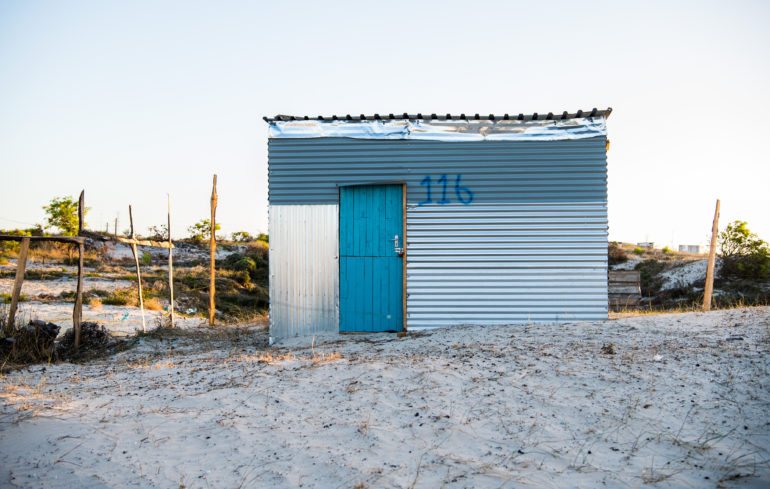
The Phoblographer: The divide between rich and poor is growing considerably larger everywhere, yet the inhabitants of these homes might have been some of the most hospitable people you’ve met. Are there any interesting anecdotes you’d like to share from documenting this series?
Nick Compton: Some of the conversations about their lives, the families that had moved there. I was even invited into one of the homes for tea and some bread. They were so sweet and made me feel so comfortable.
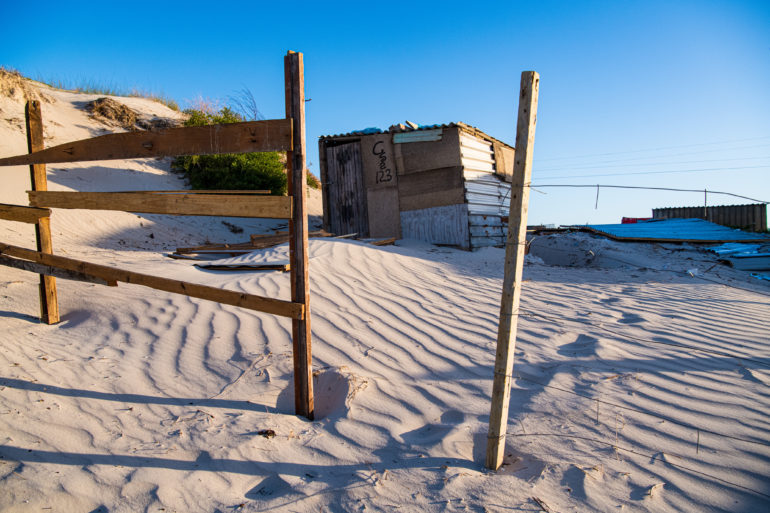
The Phoblographer: They’ve got a distinct individuality about them, despite being rather simple structures. What were the emotions you had in mind while photographing them?
Nick Compton: How clever they are, and I can just feel my creative juices flowing and thinking how clever they are to be able to find all these scraps to build such beautiful, enticing structures.
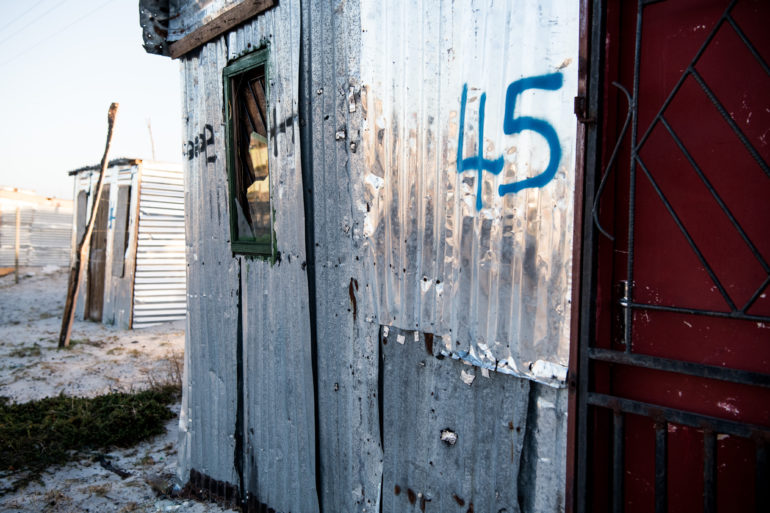
The Phoblographer: You’ve said this about these images: “The press would have you believe that we should fear these areas. In fact, that’s not the case.” Why is there still such a negative stigma about the poor in South Africa?
Nick Compton: The stigma around these areas, I guess, because various things have happened in there at times. But really, the stigma, whether it’s justified or not, it’s not something I could particularly answer. I guess my experiences were easy, and I felt safe. But you know, on the same stretch of the imagination, it probably just takes one bad encounter for you to have a different experience.
Maybe I got lucky, maybe I didn’t; maybe that’s how it always is. Maybe people need to feel more at home. I think there are probably parts of Khayelitsha that are less safe. and I’m not sure I’ve ventured there. But I certainly went in quite a few times on other occasions as well, not just to do the home series but to actually go into some of the depths of Khayelitsha and photograph more of the actual community. These are other times that I’ve gone in which weren’t part of the home series. I haven’t shown you those photos, but those give you a very good flavor of life in Khayelitsha and the faces and the people and the smiles. It’s a very rich culture; a lot going on. I just feel very at home in these places. I love connecting with these people. It just makes me feel free. It makes me feel more connected and humanitarian, I guess.
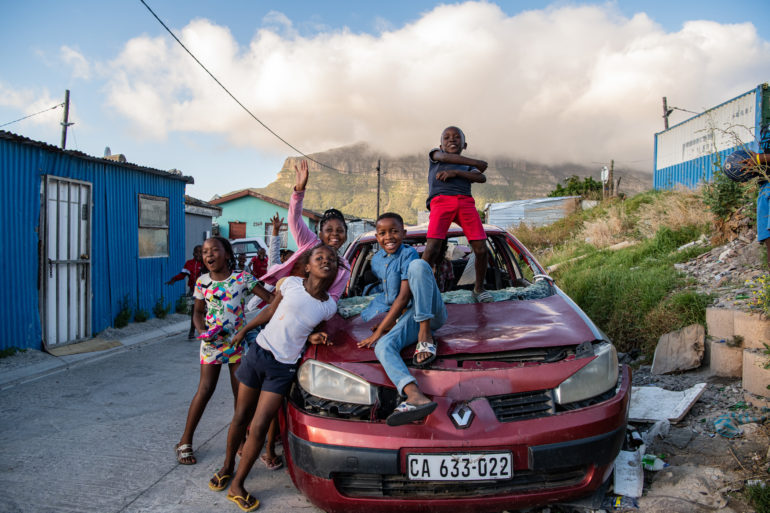
The Phoblographer: Was there also a parallel series in process where you’d photograph the inhabitants of these homes?
Nick Compton: I guess the homes are pieces of art, individual structures that are artistic on their own. The people are the creators, the emotion and the life behind it. The two go hand in hand.
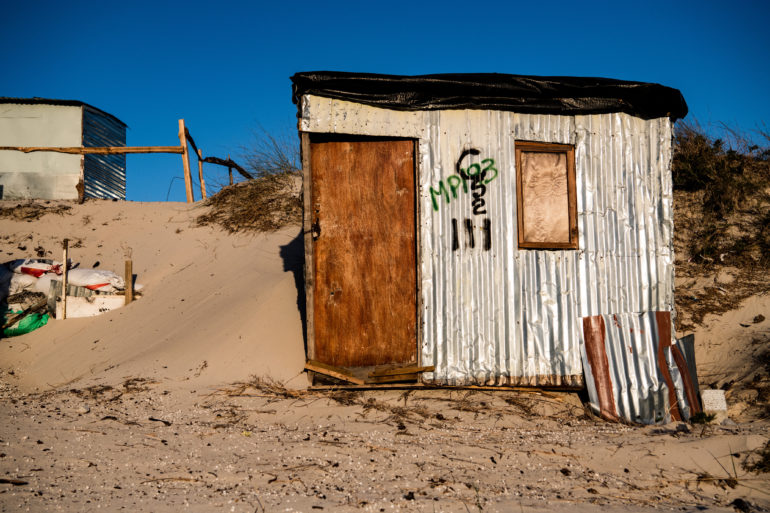
The Phoblographer: How can photographers bring more awareness to the lesser-seen parts of societies around the world?
Nick Compton: I think it’s about connection. It’s about drawing out the connectivity with that person or that place. Anyone can take a photo, take a long lens and just photograph something. But I think immersing yourself in a culture, touching those lives, hearing stories, making them feel at ease with you, you feel at ease with them – I think that’s where the real art comes.
I’m proud to say that I think I achieved that and I think that’s something that I will very much look back at my younger years – and the talents of my father, who had a way of touching people and connecting with them and making them feel at ease and drawing out that emotion and the softness and maybe the kindness in people. We all have softness and kindness; it’s just about trying to find it. I think it’s just important that we do our best to try and photograph them and a colorful, culturally rich way and draw out some of the amazing characters and personalities that exist within some of these areas.
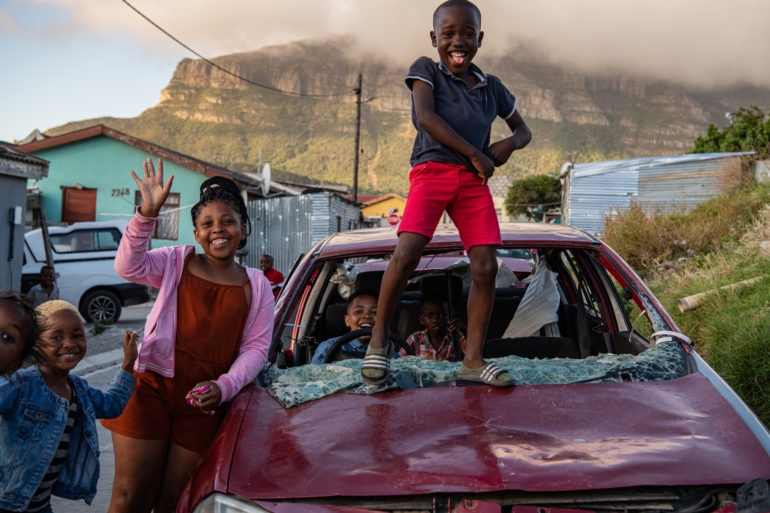
All images were provided by Nick Compton. Used with permission. Pay a visit to his website, Instagram, and Twitter to see more of his work.





















Discussion about this post